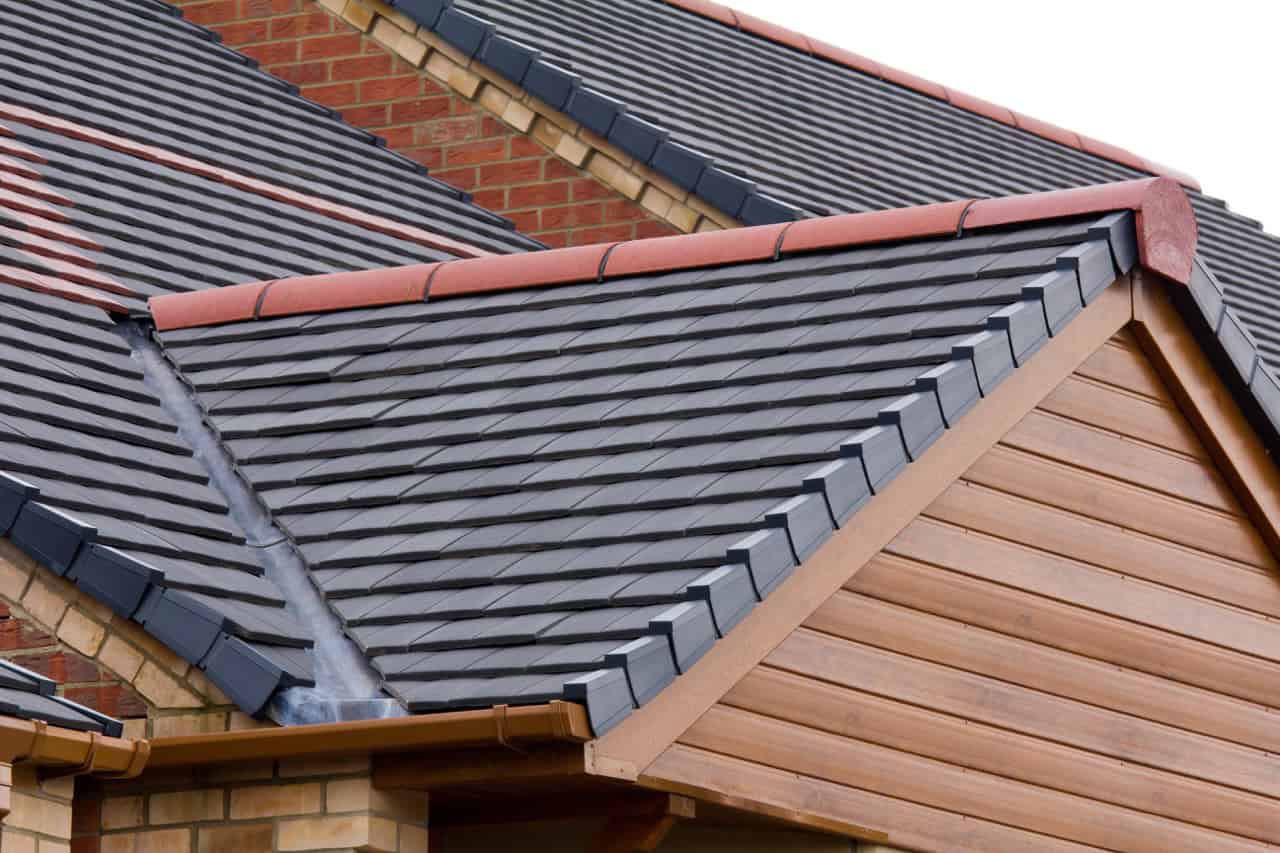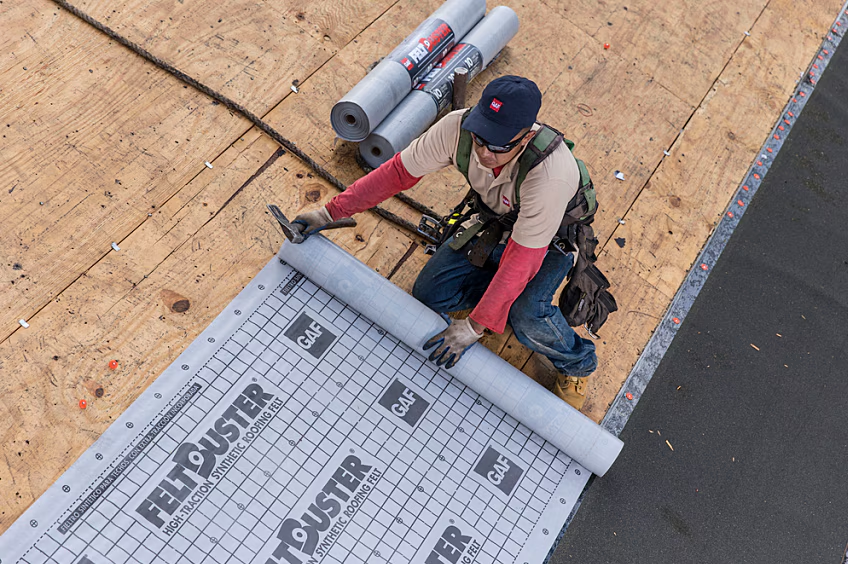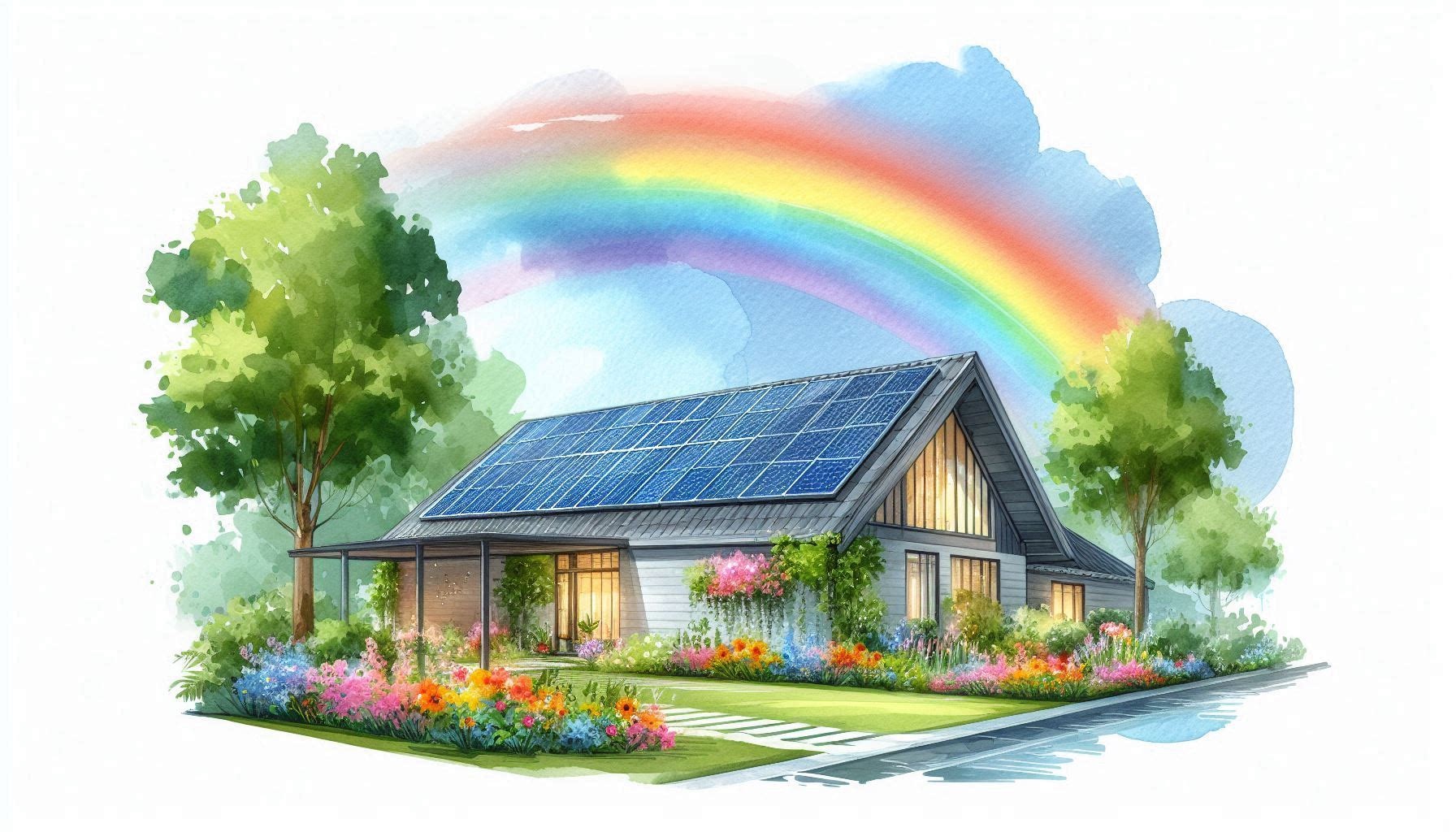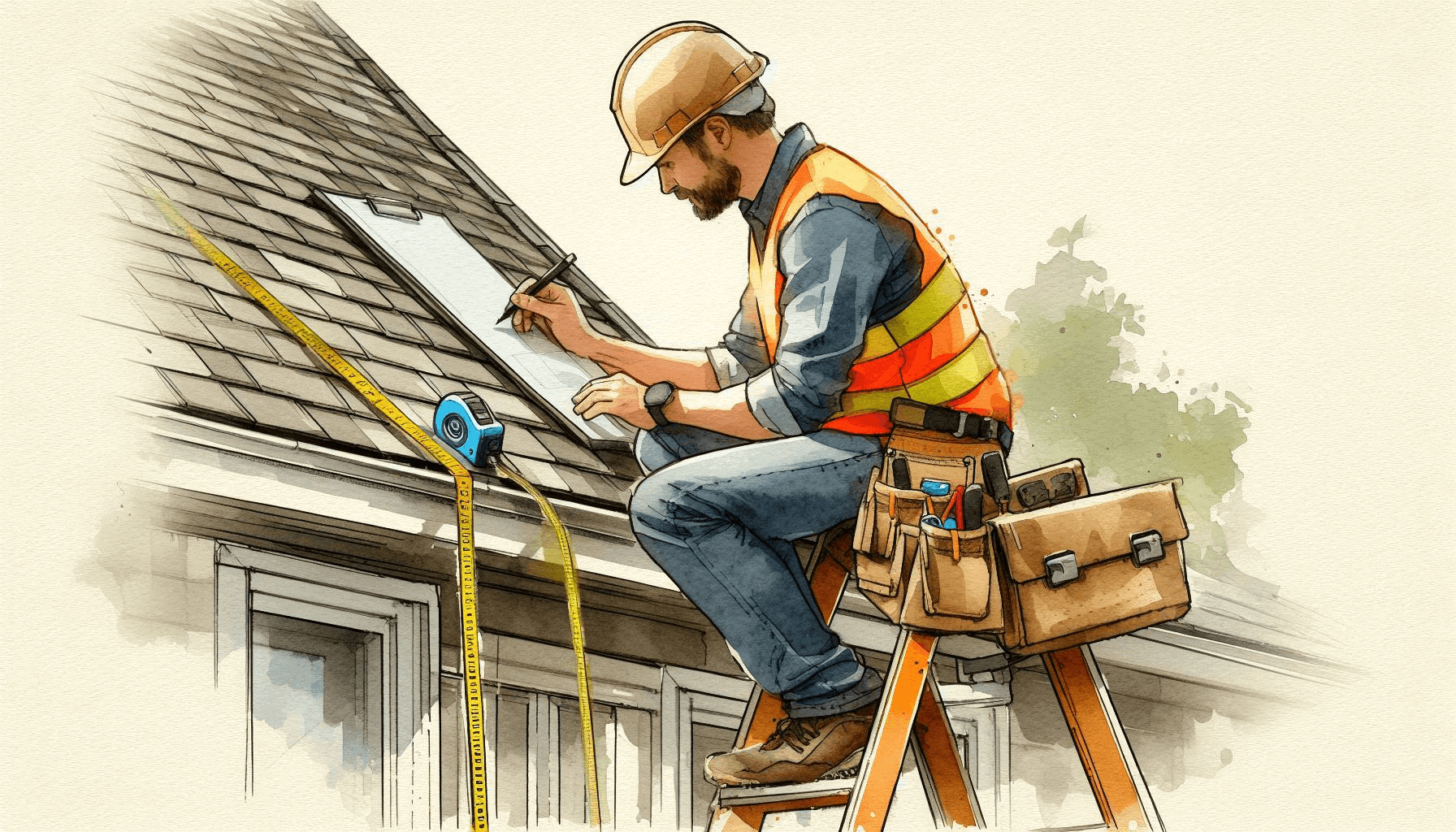When it comes to enhancing the value and curb appeal of your home, installing a new roof can be a game-changer. However, the process involves several considerations, including the selection of the right roofing type and material. This guide will walk you through 12 different types of roofing materials and help you understand why each one could be the ideal choice for your home.
Exploring the World of Roofing Materials
Asphalt Shingles
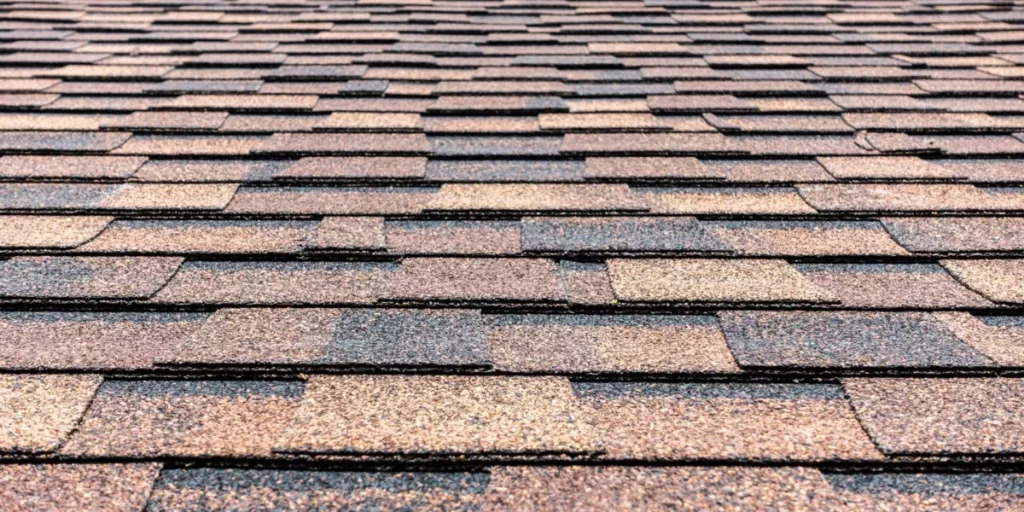
Asphalt shingles, composed of asphalt, mineral fibers, and cement fillers, are a cost-effective and popular choice among homeowners. They offer a versatile aesthetic at a lower cost. On average, asphalt shingles cost between $5 to $8 per square foot, translating to approximately $10,000 to $16,000 for a 2,000-square-foot roof. They come in a variety of options, including three-tab asphalt shingles, architectural asphalt shingles, and luxury asphalt shingles, each offering a unique aesthetic and quality level.
Asphalt shingles are a popular choice for roofing due to their affordability and ease of installation. However, like any material, they have both advantages and disadvantages.
Pros of Asphalt Shingles:
- Affordability: Asphalt shingles are a cost-effective roofing option.
- Ease of Installation: They are simple to install, which can reduce labor costs.
- Versatility: Asphalt shingles come in many different colors and textures, allowing for a range of aesthetic choices.
- Durability: While not the most durable roofing material, asphalt shingles can still last for a significant amount of time with proper maintenance.
- Environmental Impact: Asphalt shingles are not the most environmentally friendly roofing option.
- Maintenance: They require regular maintenance to prevent damage and ensure longevity.
- Storm Damage: Asphalt shingles can be prone to damage from severe weather, such as wind and hail.
- Lifespan: While asphalt shingles are durable, they don’t last as long as some other roofing options.
Please note that while asphalt shingles offer a balance of cost and durability, they may not be the best choice for every situation. Always consider your specific needs and consult with a roofing professional before making a decision.
Built-up Roofing (BUR)
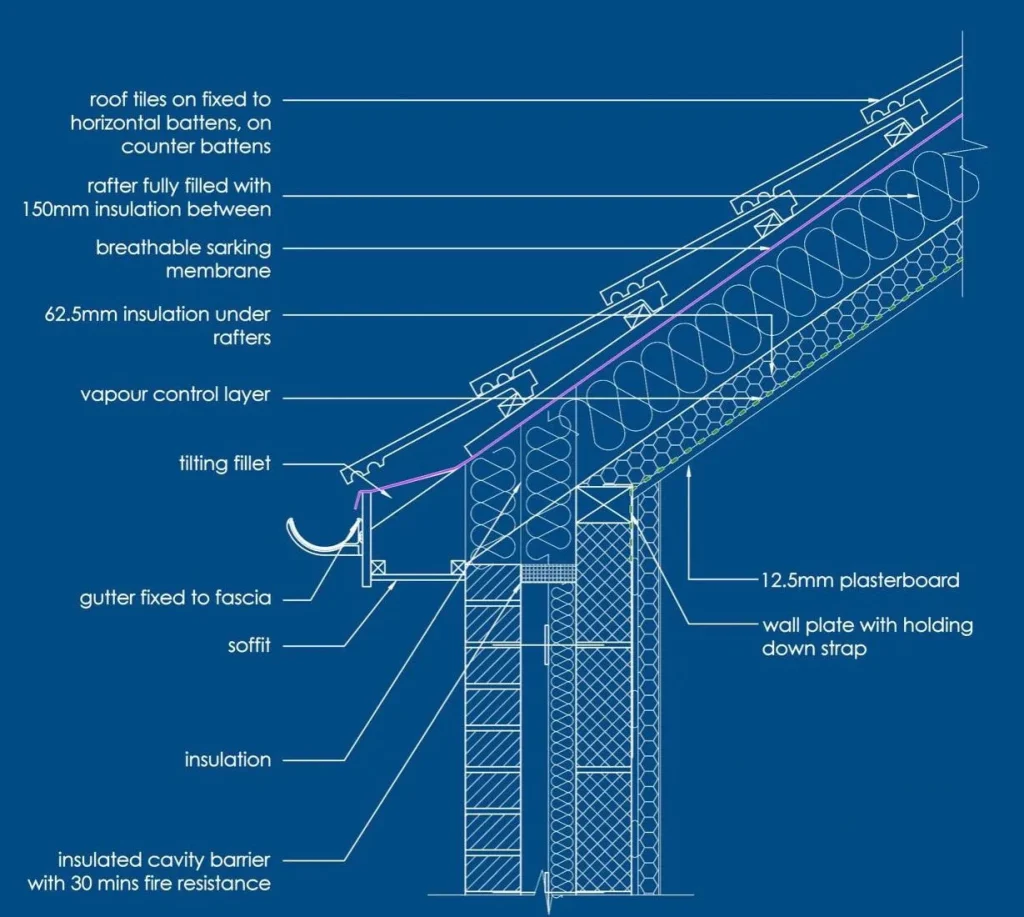
Built-up roofing (BUR) is a layered structure comprising asphalt, ply sheets, and roof decking materials. It is also known as a tar and gravel roof, is a popular choice for low slope roof owners. It consists of multiple layers of various fabric materials, layered by alternating a layer of durable fabric with a coat of bitumen (asphalt). The last layer is typically topped with rocks or gravel.
Please note that while BUR offers a balance of cost and durability, it may not be the best choice for every situation. Always consider your specific needs and consult with a roofing professional before making a decision.
Pros of Built-Up Roofing:
- Durability and Longevity: BUR can last up to 30 years or even longer with proper installation and maintenance.
- Traction: The gravel provides excellent grip, especially during snowy cold seasons.
- Completely Sealed: BUR systems, especially the tar & gravel system, are completely sealed.
- Fire-resistant: Thanks to the aggregate top layer, they are also fire-resistant.
- Low-maintenance: BUR is generally low-maintenance and therefore costs little to maintain over its life.
Cons of Built-Up Roofing:
- Long Installation Process: The installation process can be time-consuming due to the multiple layers involved.
- Relatively Short Lifespan: Despite its durability, the lifespan of BUR is relatively short (15–30 years) compared to some other roofing materials.
- Weight: BUR is a heavy material, which may require additional structural support.
Metal Roofing
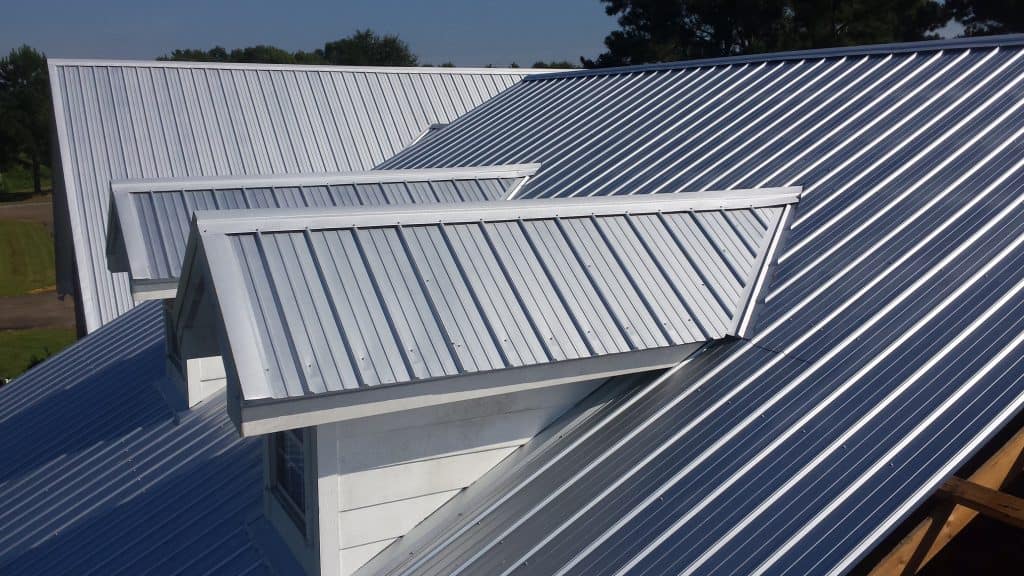
Metal roofing is a durable and long-lasting option, with an average lifespan more than twice that of asphalt shingles. Although the initial cost, ranging between $8,000 and $20,000, is higher than asphalt shingles, the long-term benefits often outweigh the upfront investment.
Metal roofing is an increasingly popular choice for its longevity, energy efficiency, and eco-friendliness. However, it also has some drawbacks.
Please note that while metal roofing offers a balance of cost and durability, it may not be the best choice for every situation. Always consider your specific needs and consult with a roofing professional before making a decision.
Pros of Metal Roofing:
- Longevity: A properly installed metal roof can last as long as the house, with an expected lifespan of 40 to 70 years.
- Durability: Metal roofs are made of strong metals including tin, aluminum, zinc, copper, and steel. They can withstand extreme weather such as heavy snow and radiant summer heat.
- Fire Resistance: Most metal roofs have a Class 4 impact resistance rating, meaning they can withstand hail up to 2 inches in diameter.
- Energy Efficiency: Metal roofs can save you money in cooling costs thanks to their ability to reflect radiant heat.
- Curb Appeal: Metal roofs have come a long way since their tin-plated iron predecessors. They are available in several styles and colors.
Cons of Metal Roofing:
- Cost: The initial cost of metal roofing can be high, ranging from $120 to $900 per 100 square feet.
- Noise: Metal roofs may produce more noise during rain or hailstorms.
- Installation: The installation process can be time-consuming due to the multiple layers involved.
Slate Roofing
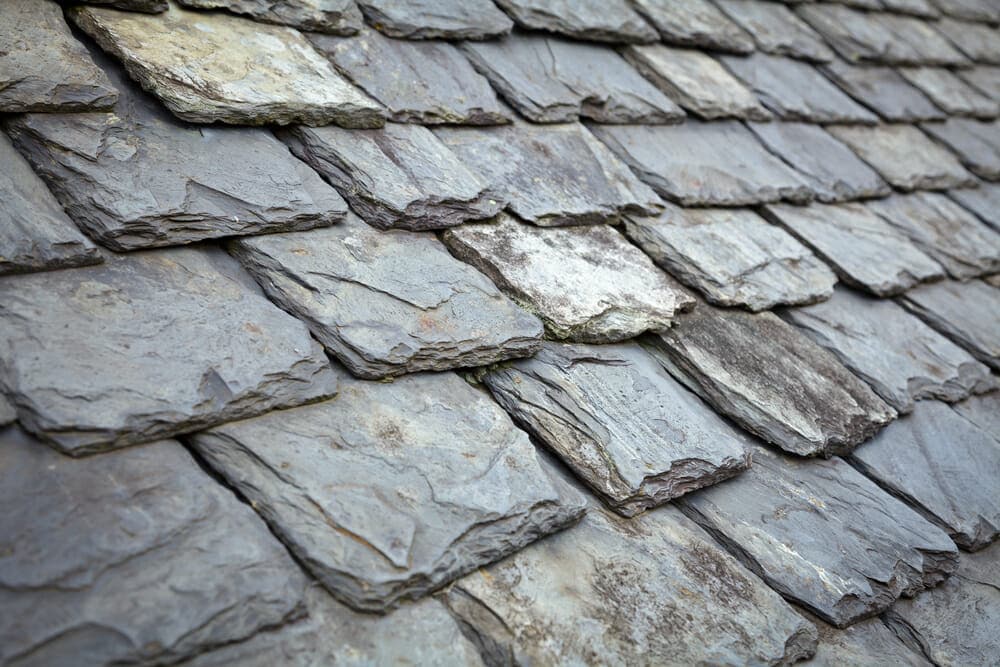
Slate roofing is known for its superior durability and can last over 100 years. While the cost, between $20,000 and $30,000, is significantly higher than other materials, the longevity and aesthetic appeal of slate roofing make it a worthwhile investment.
If a natural slate roof is not in your budget or you want something a little more flexible, synthetic slate roofs offer great alternatives. They are more affordable, can withstand extreme temperature changes, and are available in more color options. However, synthetic slate roofs will not last as long as natural slate roofs.
Slate roofing is a popular choice for many homeowners due to its natural beauty and durability. However, like any material, it has its pros and cons.
Pros of Slate Roofing:
- Longevity: Slate roofs can last up to 100 years or even longer with proper maintenance.
- Durability: Slate roofs can withstand most elements and are fireproof.
- Aesthetics: Slate has a timeless, classic look that adds beauty to any home.
- Eco-Friendly: Slate roof tiles are an all-natural product and the most environmentally-friendly roofing material.
- Low Maintenance: Unlike other roofing materials such as asphalt shingles, slate tiles seldom require maintenance or repairs.
- Recyclable: Natural slate tiles can often be reused after the old roof is replaced.
Cons of Slate Roofing:
- Cost: Natural slate roofs can be quite expensive, ranging from $10 to $30 per square foot.
- Weight: Slate roofs are heavy and may require additional support, which can increase the cost and labor required for installation.
- Installation: Slate roof installation should only be done by a professional due to its complexity.
- Fragility: Natural slate roofs are more prone to cracking under pressure from excessive temperature changes or heavy falling objects.
Exploring Various Other Roofing Materials
Roofing materials are a crucial aspect of any building, providing protection and aesthetic appeal. This article explores seven different types of roofing materials: synthetic slate roofing, solar tiles, clay tiles, concrete tiles, wood shakes, rolled roofing, and green roofing.
Synthetic Slate Roofing
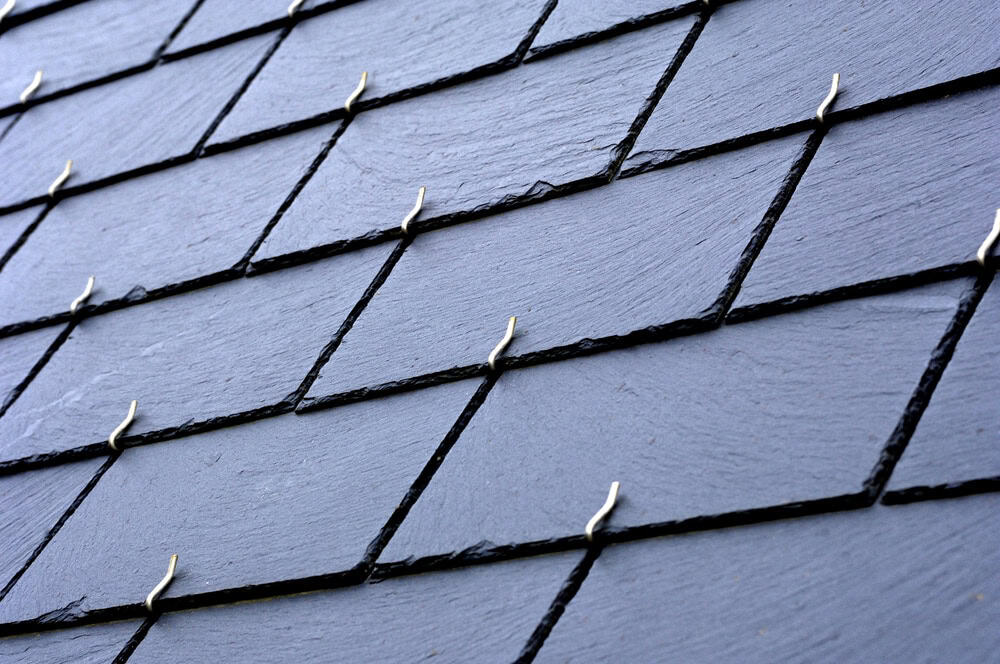
Synthetic slate roofing is a modern alternative to traditional slate. Made from engineered polymers combined with recycled plastic and rubber, synthetic slate is lightweight, making it easier to install. It replicates the authentic look of slate but at a fraction of the cost and weight, making it a popular choice for homeowners.
Solar Tiles
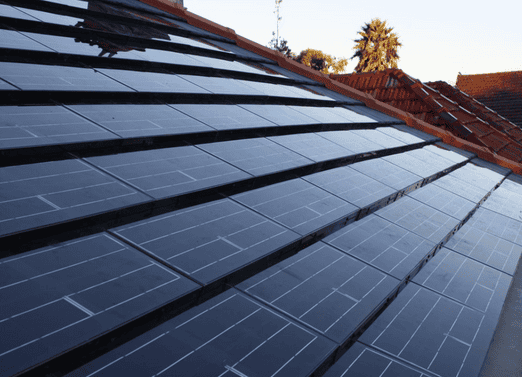
Solar tiles integrate seamlessly into existing roofs, providing energy efficiency while maintaining the home’s aesthetic appeal. These tiles generate electricity from sunlight, reducing reliance on traditional energy sources and potentially saving homeowners on energy bills.
Clay Tiles
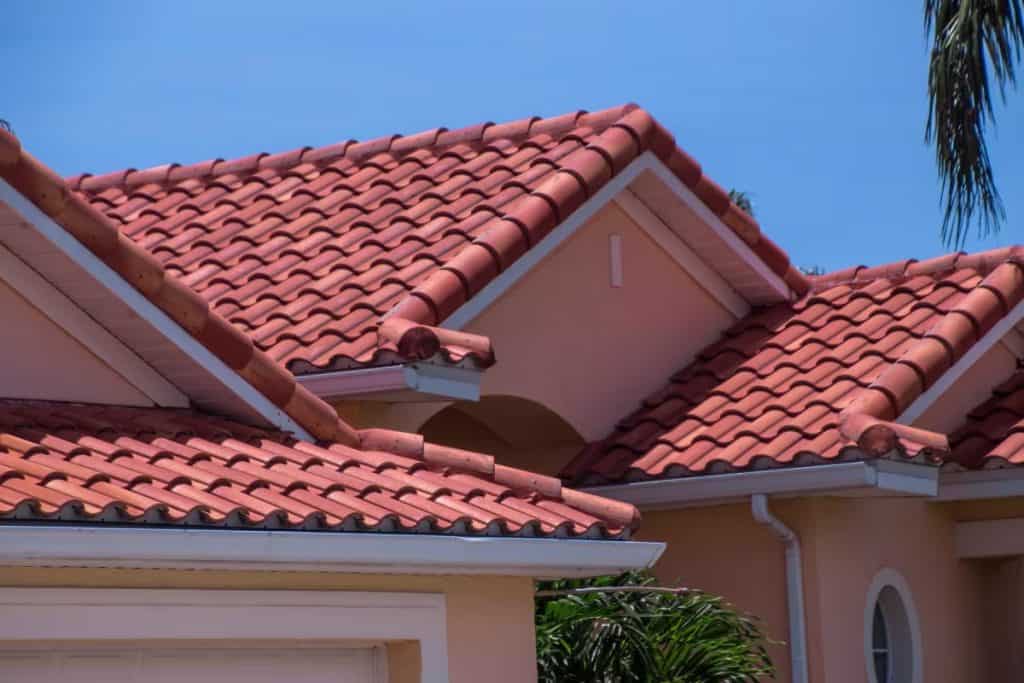
Clay tiles have been used for centuries due to their durability and longevity. They offer a distinctive look that is often associated with Mediterranean or Spanish-style houses. While they can be more expensive than other options, their resistance to damage from harsh weather conditions makes them a worthwhile investment.
Concrete Tiles
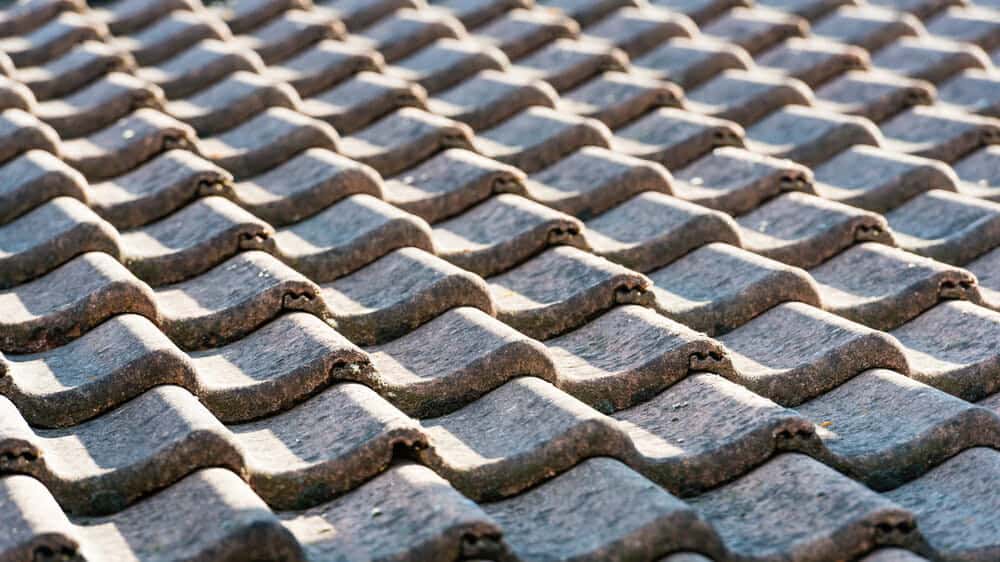
Concrete tiles are a versatile roofing material, available in various colors and styles. They are extremely durable, resistant to fire, and provide excellent thermal efficiency. However, they are heavy, requiring additional structural support.
Wood Shakes
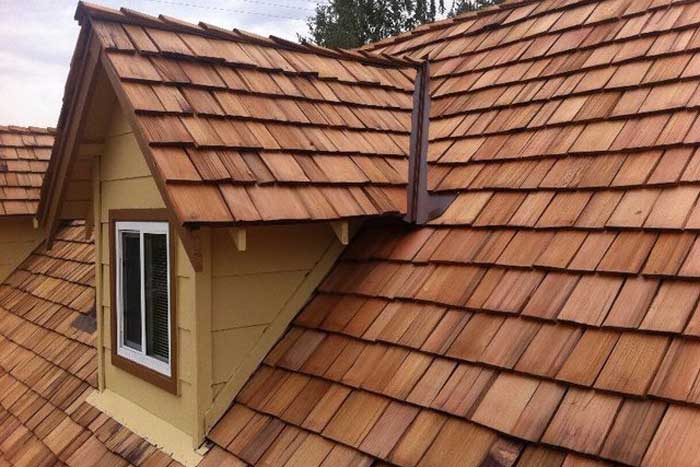
Wood shakes offer a natural look with a lot of character, thanks to variations in their color, thickness, and cut. Made from cedar, they can last longer than asphalt shingles if properly maintained. However, they are not as fire-resistant and may require additional treatment.
Rolled Roofing
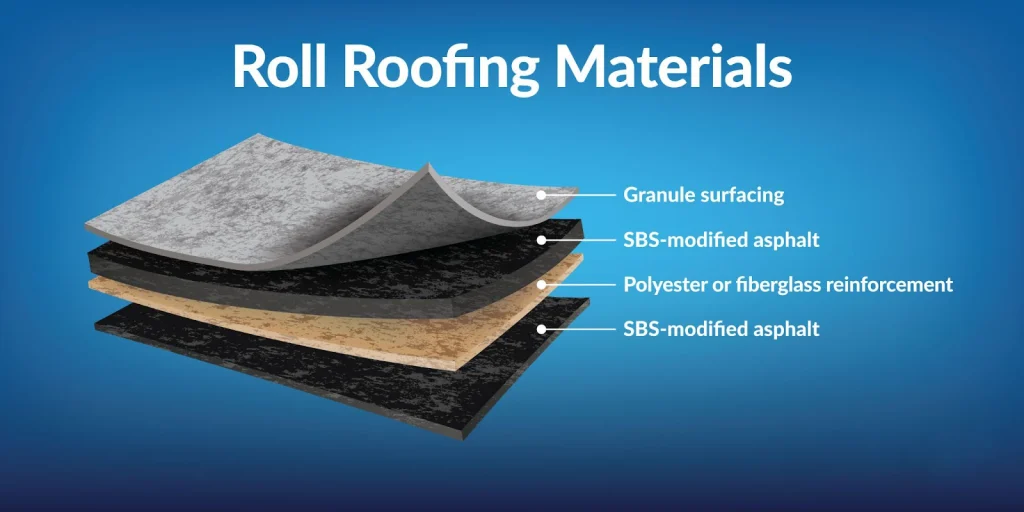
Rolled roofing is a cost-effective roofing material commonly used on low-slope roofs. It consists of long rolls of mineral-impregnated and asphalt-impregnated material topped with mineral granules. While not particularly attractive, it is a practical solution for workshops or sheds.
Green Roofing
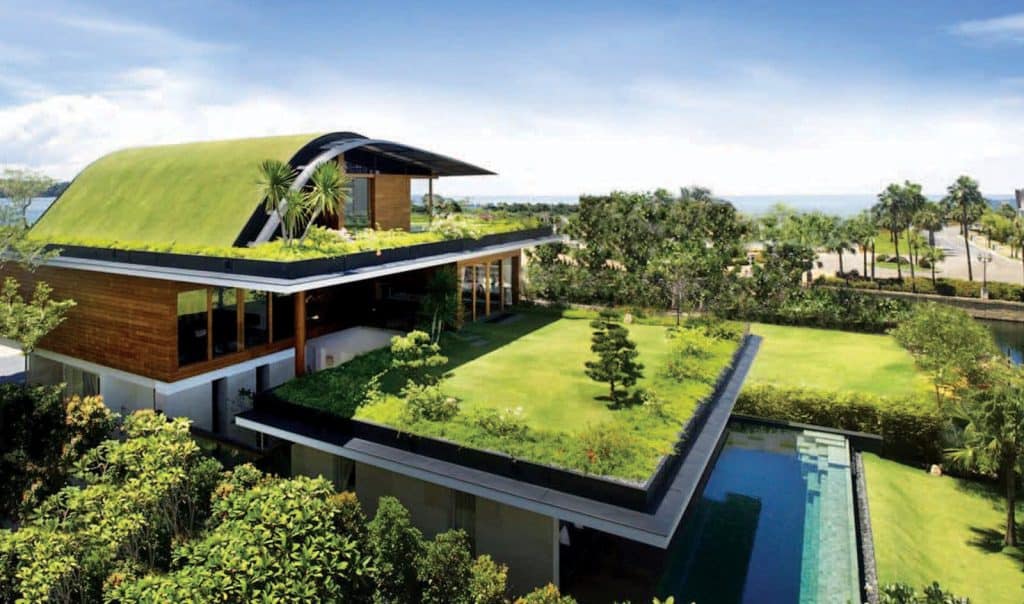
Green roofing is an eco-friendly roofing option where a roof is partially or completely covered with vegetation planted over a waterproof membrane. It provides excellent insulation, reduces water runoff, and helps combat urban heat effects. However, it requires more structural support and maintenance.
Making the Right Choice
Choosing the right roofing material is a critical decision that can significantly impact your home’s value, aesthetic appeal, and durability. Therefore, it’s essential to consider all factors, including cost, lifespan, aesthetic appeal, and local climate, before making a choice. Remember, the perfect roof for your home is one that not only enhances its beauty but also stands the test of time.

